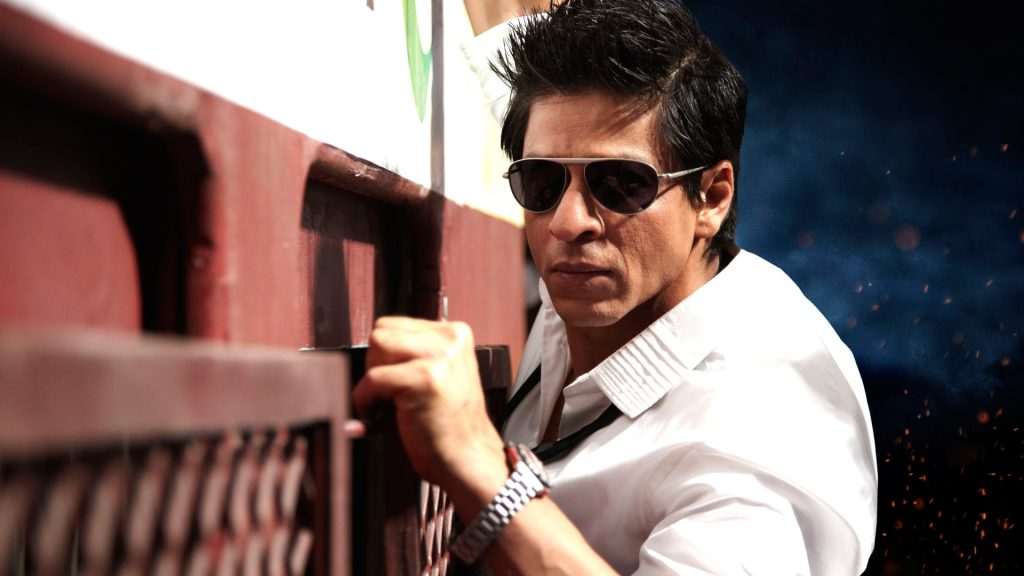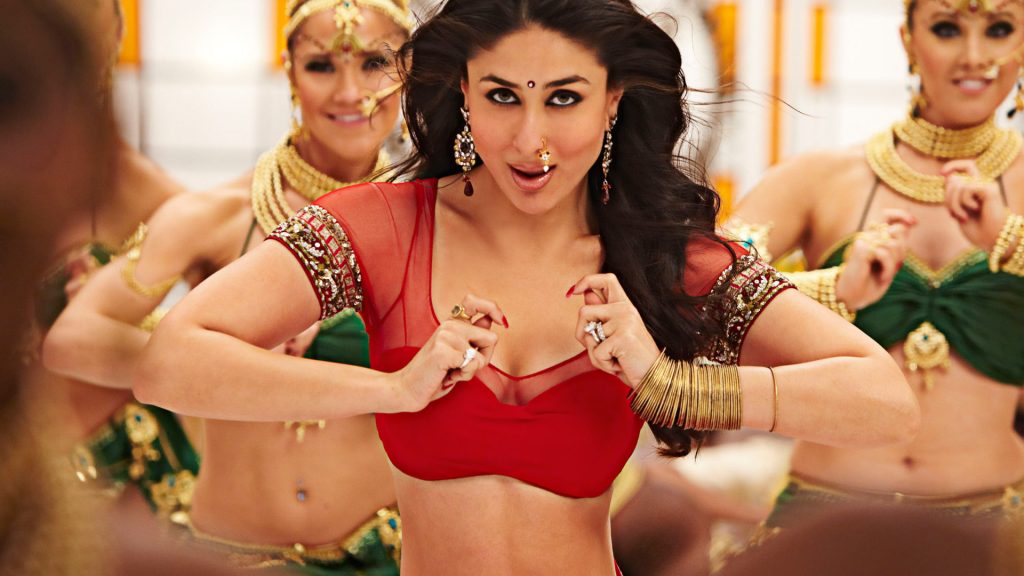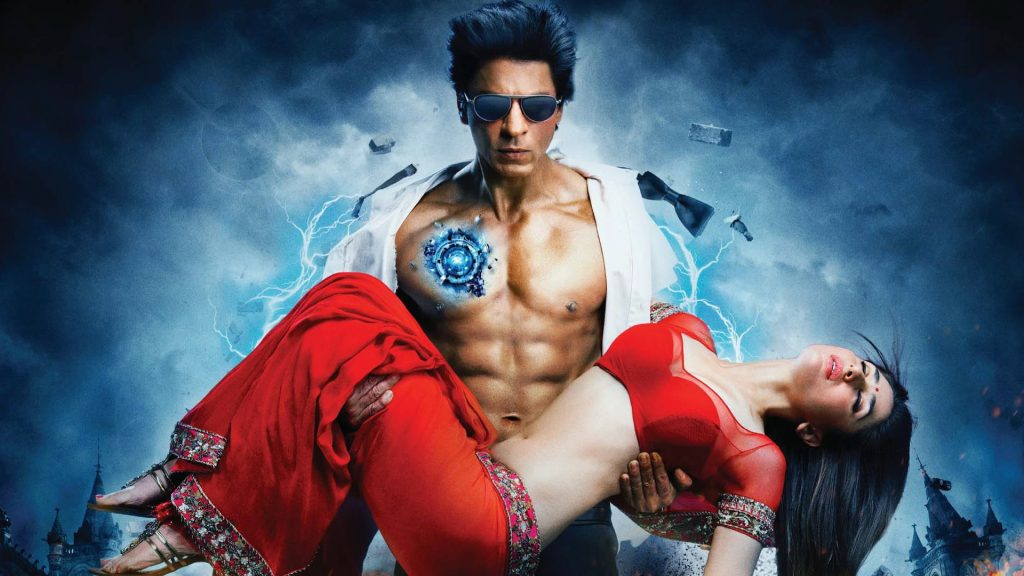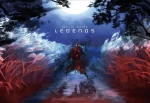Over the years a large number of Bollywood movies have released, and over the years, weebs and otakus like you and me have been cussing those absolute s**loads of f**ery. (lmao cussing funnies).
Bollywood movies are largely filled with either predictable mysteries or unrealistic romantic relationships, or if we talk about the nineties, just old men doing old stuff, for some reason. And, when some movies try to do something fun for once, playing with half-fantasy troupes or superhero stuff like Hollywood, they just end up blatantly copying the Americans and other foreign movies. It’s like these experimental movies are not… well, passionate enough, and are rather cash-grubbers.
Brahmashtra and Adipurush are some good examples of Indian movies that look like they’re trying something new, but are rather just copying off American stuff to create profits.
But, there was one point in time when one such passionate movie came out on the cinema screens. Yeah, it was not just to sell tickets, but to provide people something they’d never forget. It was filled with meaningful action, decent CGI, powerful dialogues, and close-to-perfect screenwriting. It was really way ahead of its time. No other film like it had come either before it, or have come after it.
And, as I’ve observed, it must have been loosely inspired by anime.
In this article, I want to talk about the celebrated superhero-themed Indian film Ra.One, directed and co-written by Anubhav Sinha.
https://youtu.be/d9PlHc_qVKw?si=DmYgxBw1L4S4jRV3
Reason #01 – Main Character
One reason which makes me feel that this movie must have been kinda inspired by anime is the fact that the main protagonist of the movie is a teenager. Now, I’m not talking about the character of G.One or Shekhar, both of which were played by Shah Rukh Khan, but rather that of Prateek, Shekhar’s son. Prateek is a bedroom gamer who is going through his troubling teenage years currently. And, this fact is oddly similar to shonen anime, where a teenager is mostly at the front.
Now, many people might argue that Prateek was not the protagonist, but rather, Shah Rukh’s characters were. I won’t really argue with you, but I feel like both the characters have too short screen-time to be termed as the protagonists—both were just for two different halves of the movie. Also, Prateek stuck until the end, and was there in the final battle, even though he wasn’t in the main part, but had a really great role in that too. So, you can very well argue that he can be termed the main protagonist of the movie.
There’s this one particular scene that I personally like, and I’d like this opportunity to praise it. There’s this one scene when a short guy in all-black comes up with a knife and asks Shekhar for money when he and his son were going home in the middle of the empty street late at night.
The father-son duo had noticed that he was a rather clumsy criminal and not a seasoned one. But, Shekhar willingly gave him all that he had in his pocket, while Prateek just stood there trying to stop his dad from giving up. Later when that criminal had gone, Prateek had told his father how he should have fought that guy off rather than giving him all his money, while Shekhar keeps on telling him that he didn’t want to fight him because a weapon meant that he could easily harm the kid. They get into a short argument when Prateek finally walks away, calling him a ‘loser’.

Now, this scene was a particularly short one, but why I’m praising it is the fact that this scene shows how much work has been done on forming the characters and their identities. Also, getting into arguments with your father is something everyone goes through in their teenage years, and mostly, they’re always talking the exact opposite of what you do. So, it’s something really realistic. And real teenage problems are also something that goes really overlooked in most Bollywood movies. That’s why I wanted to praise this scene, and also the first parts of the story which are just dedicated to the father-son relationship and introducing Prateek as a character. That’s some really powerful screenwriting.
*
Reason #02 – Protagonist’s Father Died (Canon Event)
Yeah, anime loves killing fathers. And, you know what, Prateek’s father, Shekhar, died in the movie. And even though it’s not in some manner that an anime protagonist’s father would have died, the death itself is surely a symbol of how this movie wanted to break the barriers and wanted to do something new and unique, since I guess we all know how Bollywood writers are scared of taking such big steps in terms of their storylines.
Reason #03 – Action by Bollywood
Another thing Bollywood is hated for is its senseless action. If you’ve seen any movie starring Hrithik Roshan or Tiger Shroff, you probably know what I’m talking about. Films like War and Baaghi are made solely for their action sequences, and maybe semi-nude dance scenes, and then sold off to the audience. Most of the action scenes that these films provide have no relevance to the story whatsoever. I mean, just cut those scenes, and the main story won’t be affected by an inch. To be honest, I kinda hate that, because it shows how screenwriting and story were just mere formalities during the whole production process of the film.
But, another thing that I’ve noticed is that in anime, and also in this particular scene, every action scene is important. Action scenes in anime and Ra.One generally has actual meaning in the story and winning and losing actually determine the later happenings of the story. Either there’s always something at stake, or they are kinda helpful in showing the progression of the character’s abilities and how they are learning new stuff while battling.
These action scenes also show the progresses in the relationships between different characters sometimes. And, obviously, the ideals and ideologies of different characters are often revealed during such scenes. So, they actually have some meaning and relevance in the story, and that’s something highly admirable when it comes from a Bollywood movie.
*
Reason #04 – Theme
If you’d closely notice most of the mainstream or highly-praised anime, you’d often find one common thread: these stories are trying to tell something to us, their audience. And, that’s not just what an anime does, that’s actually something that every good film has in common. They have a particular theme in their stories and through these characters’ hardships, struggles, and sacrifices, they are trying to send us a message—either motivating or, well, the opposite.
But, most Bollywood movies lack a particular theme.

They are just stories with no messages. They are not trying to teach us something or provide a message—maybe of hope, or of darkness that lure ahead. Stuff just… Well, it just happens. And while it’s not particularly bad, you see, I feel that for any structured prose, the writer needs to have a theme in mind, because they can tell your readers or viewers exactly what you’re trying to tell to your audience, and why are these characters behaving as such.
But, maybe, Ra.One is a movie that really has a theme in mind—even though it’s something really basic. And it’s that ‘goodness wins over evil’. But, it all fits when you see Shah Rukh’s interview where he said that Ra.One was kind of a retelling of the Ramayana, but in a modern setting with many other elements added into it—so many additions were done that probably the name of the antagonist ‘Ra.One’ is the only thing that resembles the Ramayana. But, the theme didn’t change during the screenwriting phase, and it’s still there.
*
Reason #05 – Power System
Most of the superheroes are just given superhuman-like powers, like insane muscular strength, abilities of flying in the air, and other really clichéd stuff like that. But, there are only a few superhero films that actually go through the pains of creating some original power systems and rules for the fights, setting boundaries of what can be done by the superheroes and supervillains in the movie. Like, in Spider-Man, the protagonist gets the powers of a spider, such as climbing up the walls or shooting webs, and in Boku no Hero Academia, each different superhero introduced has some limitations to what they can and cannot do.
And, in Ra.One, there’s some sort of defined powers. But, I’d have to give it away—it’s not really as well-defined as it should be. Both Ra.One and G.One can throw some sort of ‘power-balls’, which is kinda unique because of the fact that they leave a sign on whatever it’s used on, but it’s not entirely unique. Also, the two characters have some sort of superhuman abilities, which seem completely cliché.
But one thing that I praise this movie for is the development of its HART system. If you remember the movie correctly, there’s this thing in the movie that until the HART, which is apparently like the heart of these characters, is detached from these characters, their bodies will just deform themselves and they can’t actually be killed.
They can only be killed if both characters have their HART connected to their chest. And even though it doesn’t really play some real significance in the storyline, I feel that this thing could have been used for some mind-games between these characters. Like, this thing was so rarely used that no one remembers that this was a thing in the movie until they’re reminded, and it holds no significance in the actual proceedings of the storyline.
*
Conclusion
Yeah, that’s it. This movie is filled with its ups and downs, and every element in the story is highly ‘Bollywoodized’ to appeal to Indian audiences. But, it’s still a milestone in the film industry. No other movie had ever tried to use so much new stuff that this movie has done, and even though it’s not a perfect movie, it could have really been something defining. Many other artists should have been motivated to write and create stuff like this.
But, unfortunately, this movie was really way ahead of its time, maybe. And, it was not such a success as it should have been. Yeah, it was the underrated Oppenheimer of the time, if you kinda think about it.
I hope more Indian movies like this one are made. I don’t want more cash-grubbers, I want to see some really passionate screenwriting and storytelling. I want some more creative ideas being implemented, and not in just terms of fantasy or superhero stuff, but in terms of all genres that exist. I’m tired of such movies that just copy stuff and earn profits, to be honest. I hope there’s a change in the Indian filmmaking industry soon.
I’ll see you next time, then. I hope you keep on hovering around our website for some more articles, or maybe check out our Instagram handle for the latest updates and some fun stuff that we make. Until next time, sayonara~!








